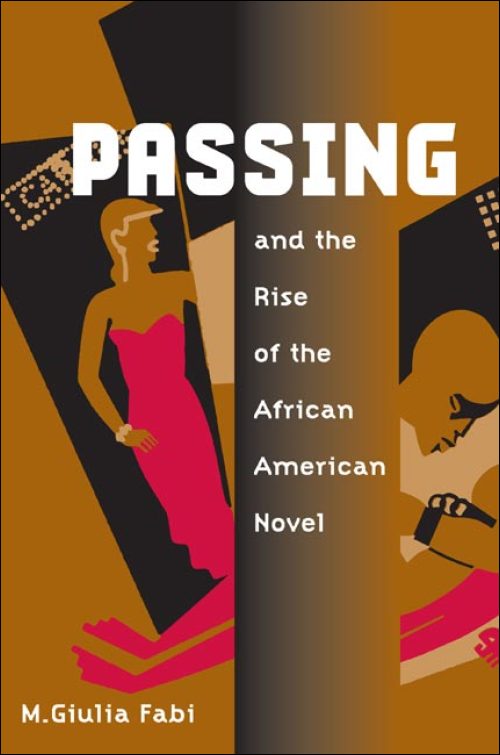English R1A: Keeping it Real?: Racial & Queer Passing in American LiteraturePosted in Course Offerings, Health/Medicine/Genetics, Literary/Artistic Criticism, Media Archive, Passing on 2012-05-20 03:54Z by Steven |
English R1A: Keeping it Real?: Racial & Queer Passing in American Literature
University of California, Berkeley
Fall 2010
“I had a literature rather than a personality, a set of fictions about myself.”
—Kafka Was the Rage by Anatole Broyard
This course intends to explore the “art” of racial passing and masquerade in American literature and culture through a diverse sample of American novels and short stories, such as traditional narratives of black-to-white passing, which is historically prevalent particularly in African-American literature, and other modes of passing, for instance gender and ethnic ambiguity as well as posing and the “closeting” of one’s sexuality. What are the connections or disjunctions between “closeting,” posing, and crossing the gender or color line? By focusing on the trope of the passing figure, we will ask how people and imagined characters negotiate their identity in various and varying social spaces and also, how authors disclose the frailty of social order regarding sexuality, race and the body to make alliances in unimagined ways. Venturing out of the closet as another and as they please, these passing figures are, indeed, queer. Yet what are the personal costs in relinquishing a disfavored identity for a favored one?
This course intends to hone your reading and writing skills, and will focus on helping you make thoughtful questioning and “interesting use of the texts you read in the essays you write.” Through a gradual process of outlining, rewriting and revising, you will produce 32 pages of written work (including brief response papers and three 3-4 page argumentative essays).
Book List
Álvar Núñez Cabeza de Vaca, Naufragios (1542); William and Ellen Craft, Running a Thousand Miles for Freedom (1860); Joseph Harris, Rewriting (2006); Nella Larsen, Passing (1929); Mark Twain, Pudd’nhead Wilson (1894); a course reader containing critical readings.
